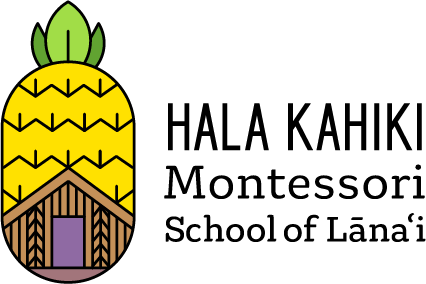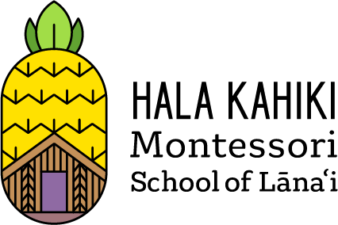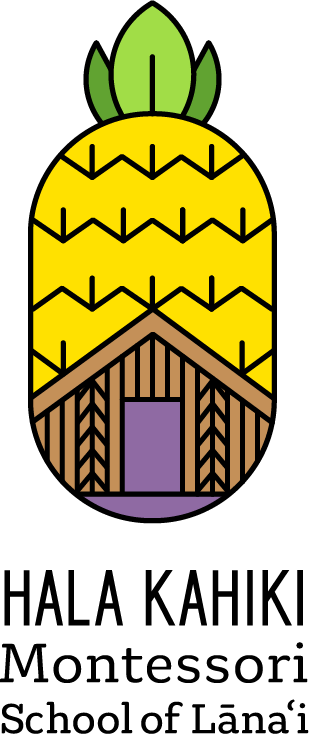"I have found that in their development, the child passes through certain phases, each of which has its own particular needs. The characteristics of each are so different that the passages from one phase to another have been described by certain psychologists as 'rebirths'." -Maria Montessori
As Dr. Montessori observed children it became obvious to her that there are distinctive, different psychological developments. She believed that if education where to be an aid rather than something superimposed onto children the characteristics children showed needed to be the guide for the educational setting. She considered the years from birth to 24 as the developmental ages. These Four Planes of Development are the foundation of the Montessori method of education.

The first and third planes parallel each other in characteristics and unique needs, as do the second and fourth periods, which are more tranquil, stable periods. We think of the first and second planes as the "planes of childhood” and the third and fourth planes as "achieving adulthood."
Traditional education and society have recognized to some extent these stages in development and have divided schooling into these sections, although the first plane is not universally supported. For the traditional setting the curriculum is one single plane continuing upward. In a Montessori setting we have the idea that the characteristics of the curriculum and each setting must fluxgate to meet the child’s needs. Our commitment to the child is to tailor around the characteristics of the planes of development. If the first three planes are well taken care of, then the fourth plane should fall into place.
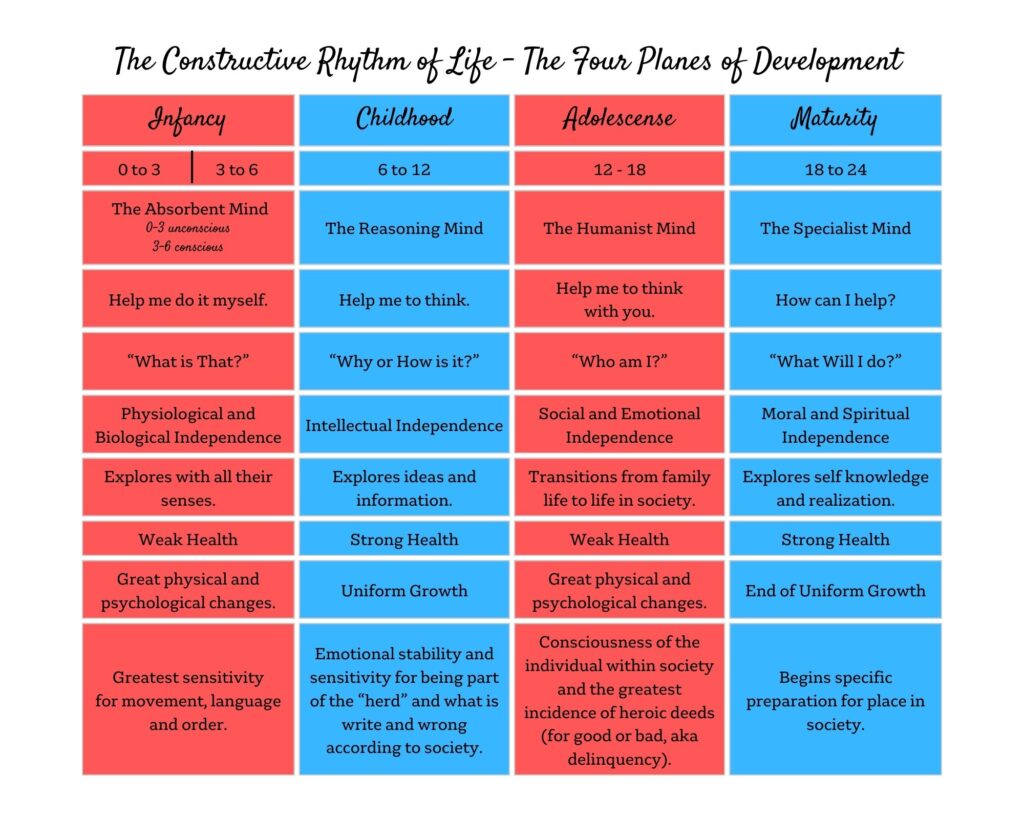
The First Plane: Birth to Age 6 (Infancy/Early Childhood) “The Absorbent Mind”
“During this period the personality undergoes great changes. We have only to compare the newborn babe with the six-year-old to see this." -Maria Montessori, The Absorbent Mind, p. 18
Students at Hala Kahiki Montessori School of Lāna'i are in the first plane of development. This first plane occurs during the period of the absorbent mind. This is a period where the child effortlessly absorbs and acquires knowledge and information based on their experiences, culture, time, and place. The child is interested in the facts of reality at this point, they want to know what everything is. During this period the child takes everything from the environment and absorbs it. It is our job as the adults to feed that impulse for knowledge.
The child is moving through life taking everything in - all they see, hear, taste, feel, touch, smell, and sense are being absorbed, categorized, and eventually utilized. While seemingly effortless, this work takes an enormous amount of brain and body power, which is why quality sleep, nutrition, connection, and experiences are of great value for the young child.
During this time the child is working on learning the skills of communication and language acquisitions, gross and fine motor movements, order, sensorial exploration, social interactions, and the development of the intellect and will.
Within this first plane of development are two sub-planes:
- The Unconscious Absorbent Mind - from birth to approximately 3 years old.
- The Conscious Absorbent Mind - from approximately 3 to 6 years old.
The child’s environment begins in the home, family, and friend’s homes and eventually the school community. The child needs to participate in activities in the home and school to allow for them to become independent. This is done by having the child help with tasks throughout the environment. These activities and materials must offer the possibility for order, communication, sensorial explorations, and the power of exactness. This allows for the child to become progressively more conscious, which develops the will.
They need to be able to explore all aspects of knowledge at a sensorial and factual level. They must experience and live among the environment with possibilities for order, explorations, movement, language, repetition, and problem solving.
As the child takes part in the life of the family and the life of the school community they need to feel as though they are valued and contributing members of both spaces. The adults must help the children build and develop a conscious intellect through experiences, activities, and materials.
The Environment of the First Plane of Development
0-3 Years Old
85% of the brain develops during the first three years of life. The child in this first sub-plane needs an environment rich in opportunities to care for themselves, others, and the world around them (practical life), expressive materials, materials for coordination and refinement of movement and unlimited opportunities - first non-verbal and then verbal - language development. Memory, language, thinking, and reasoning skills are also forming.
In practical life children do real and purposeful work which helps to coordinate movements. This is done by using real utensils properly, cleaning up, doing dishes, cooking, brushing teeth, washing hands, using the toilet, dressing, and undressing, gardening, picking up trash, and so on.
Language development is designed to help the child make connections between the experiences they have within the environment. This is done through language lessons, books, poetry, singing and music, art, and conversation. The young child needs adults who are expressive and enthusiastic about speaking.
The expressive materials are activities like work with clay, painting, cutting, gluing, music, and dancing.
The child’s work on coordinated movement is done through the use of materials. These develop hand-eye coordination, refinement of hand movements and development of the equilibrium. Materials such as placing a ring onto a dowel, or puzzles help to refine hand movements and eye-hand coordination. Development of the equilibrium is created through carrying heavy objects, running, climbing, and simply having the freedom to move. When it comes to the child under 3 years old movement opportunities are everywhere and essential!
3-6 Years Old
The environment, like that for the 0-3yo child, is specially prepared. It is beautiful with plants, flowers, and animals to care for, which creates a sense of wonder about natural things. At this age the child is capable of many tasks independently, and the children will assist one another when needed. Every child in a Montessori environment has a different amount of freedom.
Along with continued work on practical life skills, the child will learn to control large muscle groups and exact movements of the arms and hands. They do this through the use of materials such as “walking on the line” (walking heal to toe), carrying heavy objects, moving with precision so as not to spill – all of which invites the child to become conscious of the control they have over their body.
Learning how to relate to other people in the world through grace and courtesy lessons are done through modeling and role-playing. Children can also participate in the exercise of silence.
Sensorial materials allow for the child to become more conscious of the qualities they have developed thus far. Being able to verbalize their knowledge and relate objects to language. Spoken language leads to written language during this time. The child, with the materials, learns visually (through pictures), auditorily (through music, stories, conversation) and then physically (through writing and reading).
The extension of language includes geology, biology, art, math, and geography. The children also develop a logical mind through a mathematics curriculum that facilitates the passage from concreate explores to abstract learners.
And again, just like the environment from birth to three years old, the child from 3-6 years needs to feel that they belong and have an important role within in their home and school communities.
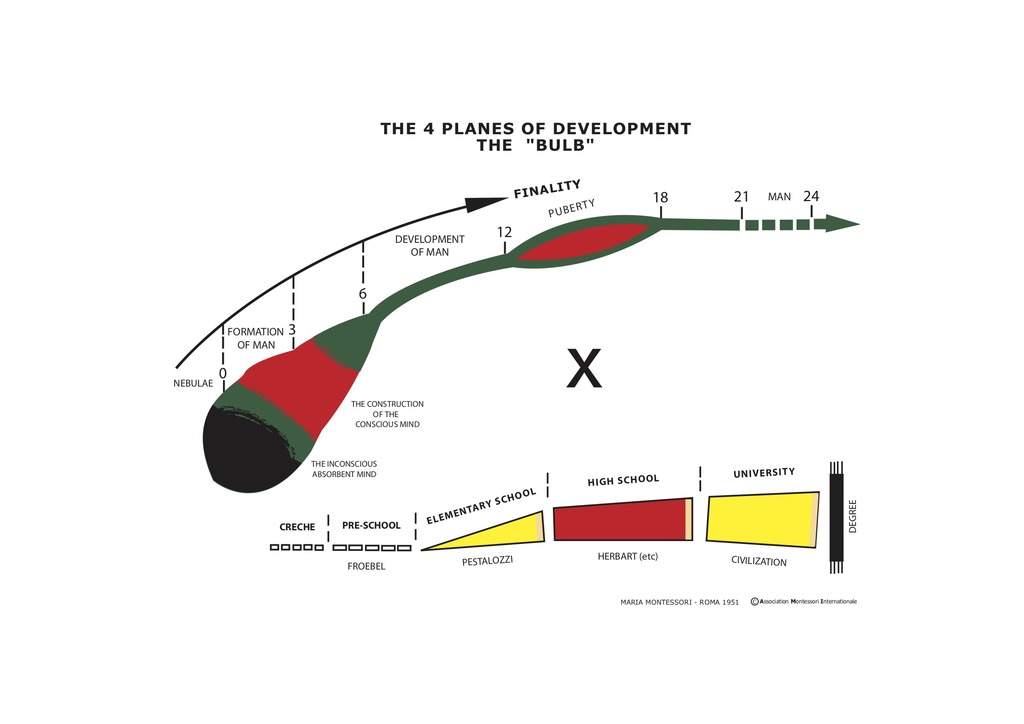
As we can see in the “4 Planes of Development – The Bulb” image, the “formation of man” and construction of the conscious mind occurs during this first plane of development. This is a period of rapid and turbulent change. As the child moves into the second plane, we see a period of slower and calmer change. Then again at the third plane we move into a period of rapid and turbulent change, yet still not as great as those first 6 years of life. The fourth plane is a time of calm and slowness in development as the child reaches maturity. Dr. Montessori also called this the “constructive rhythm of life” which makes sense as we observe the child go through these progressive stages of development, maturation, and consolidation.
Dr. Montessori hoped that both educators and families would use this information to help them guide the child from birth through 24yo, when the brain has reached maturity. At that time, if each plane has been honored, amplified, and respected, the individual is more likely to feel tranquility, peace, security, confidence, satisfaction, trust & joy.
To learn more about the Four Planes of Development, check out the link below.
About Hala Kahiki
Designed for children 18 months – 6 years, Hala Kahiki is the first and only authentic Montessori school on Lāna’i. Under the guiding influence of specially trained teachers, children work with multi-sensorial materials to help them learn to think critically and become well-rounded global citizens. We would love to partner with you to give your children the best-possible early childhood education; please let us know how we can help you achieve your goals for your child.
